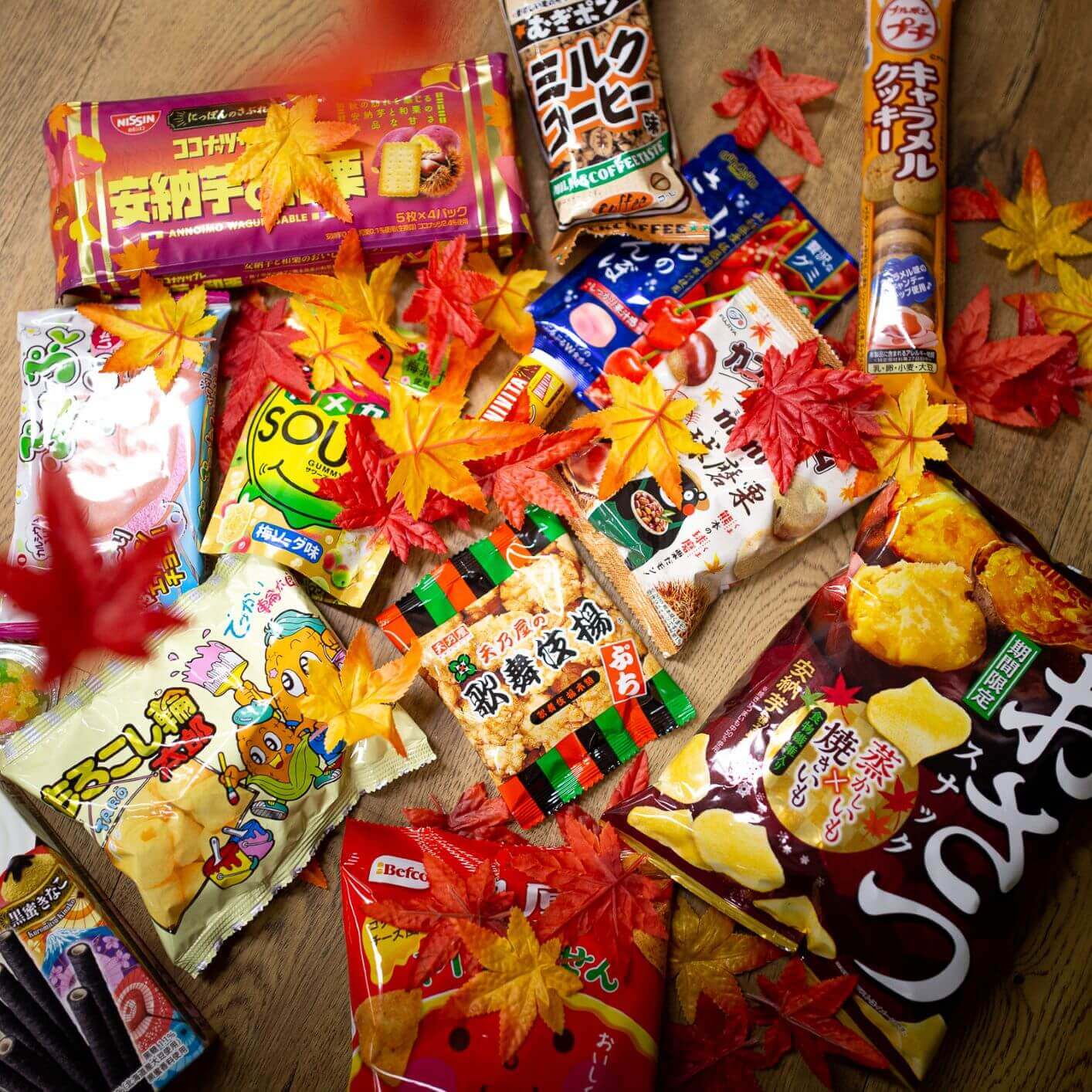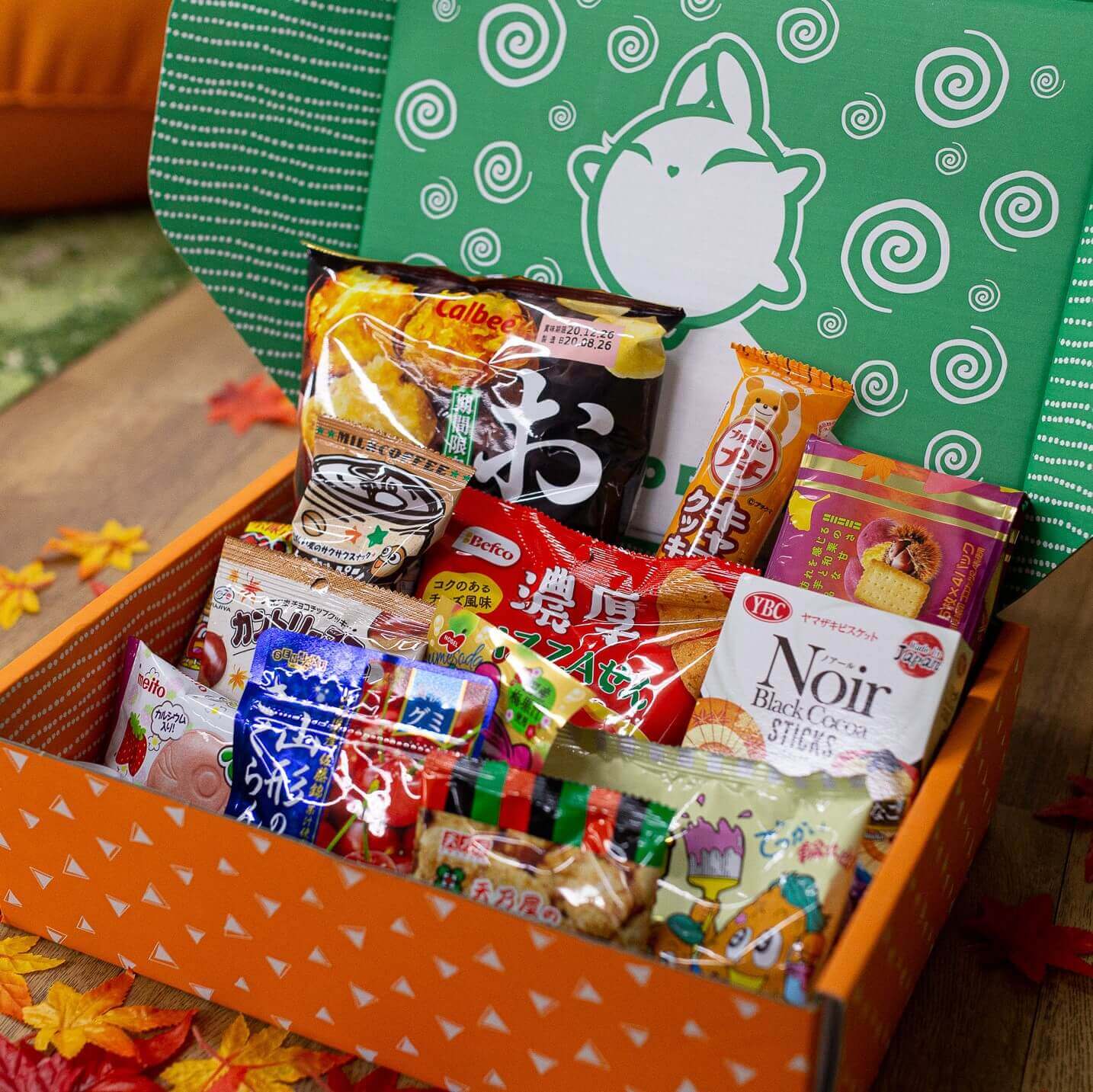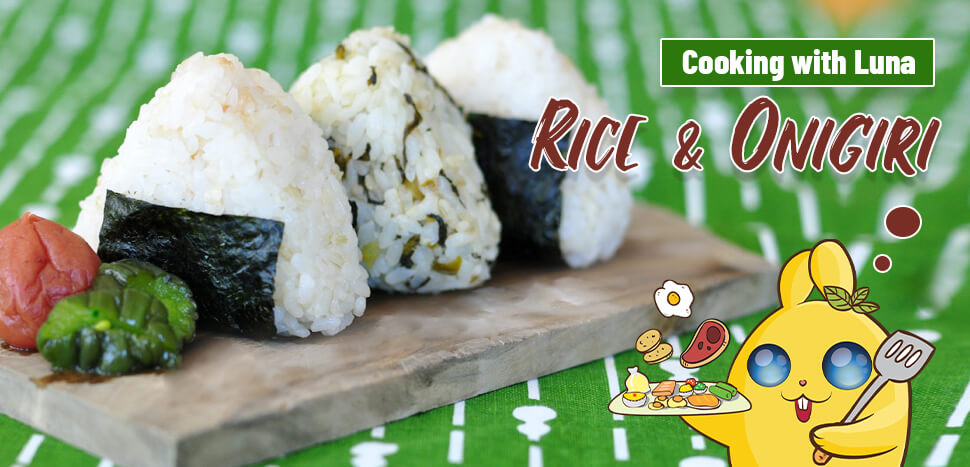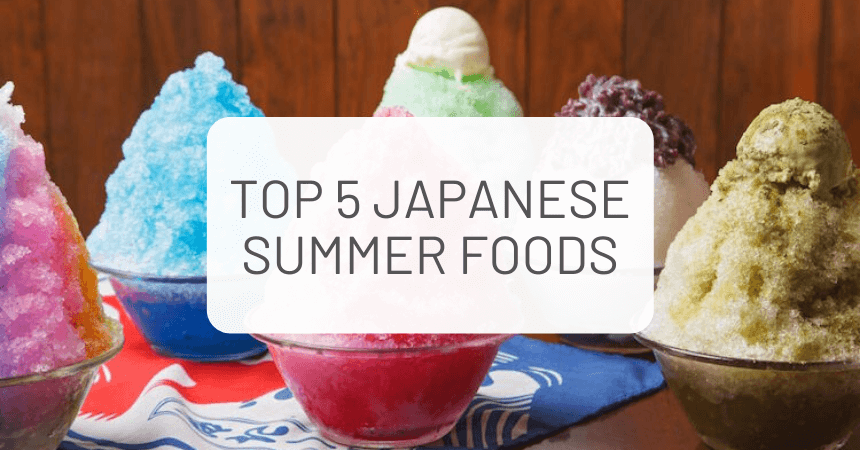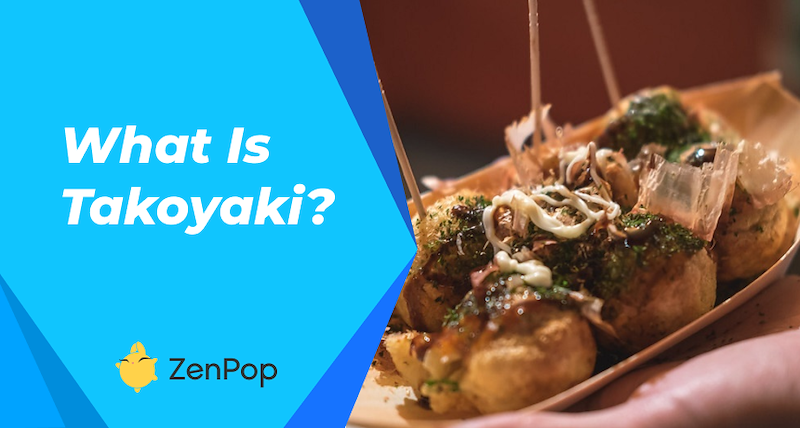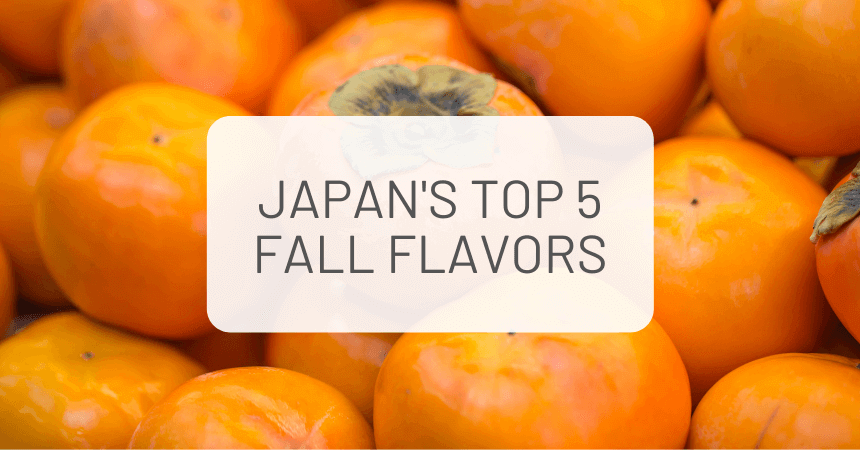
Japan's Top 5 Autumn Flavors
With the fall season in full swing, we’re excited to show you how the flavors and dishes of Japan change with the transition into the cooler months.
As the days grow colder and longer, it's the perfect time to eat warm, hearty meals and experience deeper, earthier flavors.
There’s even a word for the seasonal fare: Shokuyoku no Aki mean s “Autumn Appetite!”
To celebrate our favorite season, we've put together a list of our top 5 Japanese autumn flavors.
However, if you can't wait to visit Japan to taste all these delicious flavors, then try our autumn-inspired snacks and candy subscription box!
Subscribe with promo code FALLFLAVORS to save $3 USD off your Autumn Indulgence Sweets Pack today.
With so many delicious fruits and vegetables coming into season in fall in Japan, of course these flavors make their way onto restaurant menus and our favorite snacks. Keep reading to find out favorite Japanese fall ingredients and dishes that we enjoy as the autumn leaves colors change!
1. Japanese Sweet Potato

Japanese sweet potatoes or satsumaimo are such a staple of autumn that they can be found literally anywhere - from specialty shops only open during the season, to stalls at autumn festivals, or at your local supermarket.
Yakiimo - roasted sweet potatoes - are a traditional Japanese winter treat and perfect for a quick and tasty meal. If you're lucky, you might even spot a yakiimo truck as it drives around your neighbourhood!
The potatoes themselves are sweet, soft and velvety smooth. A chopstick goes through them quite easily to spear them apart and you can enjoy them baked, fried, candied, in stews, mashed...or however you like to eat them!
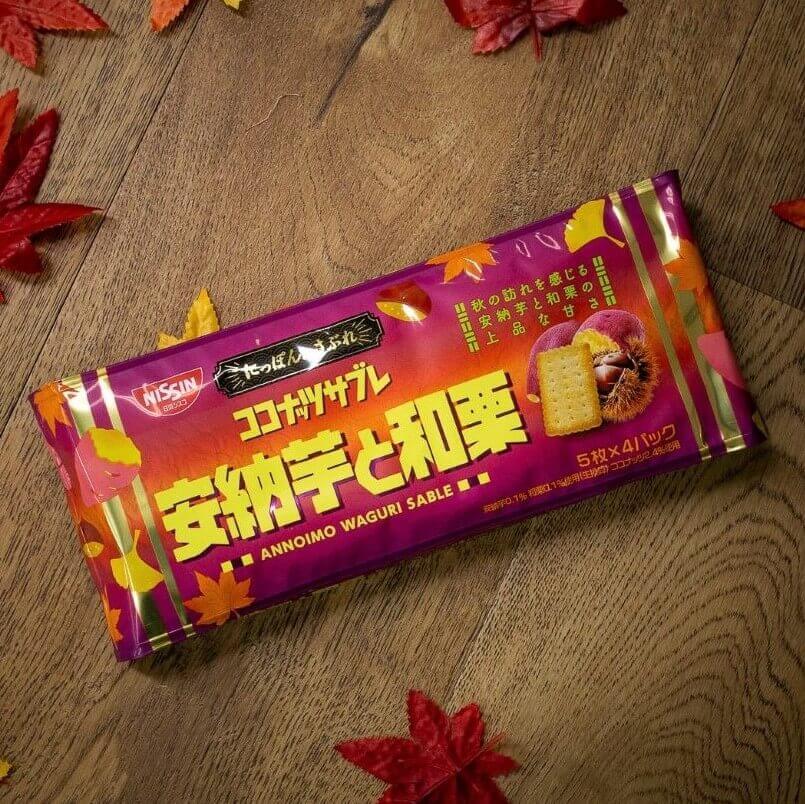
Newly released Sweet Potato & Chestnut Coconut Sable
2. Japanese Chestnut
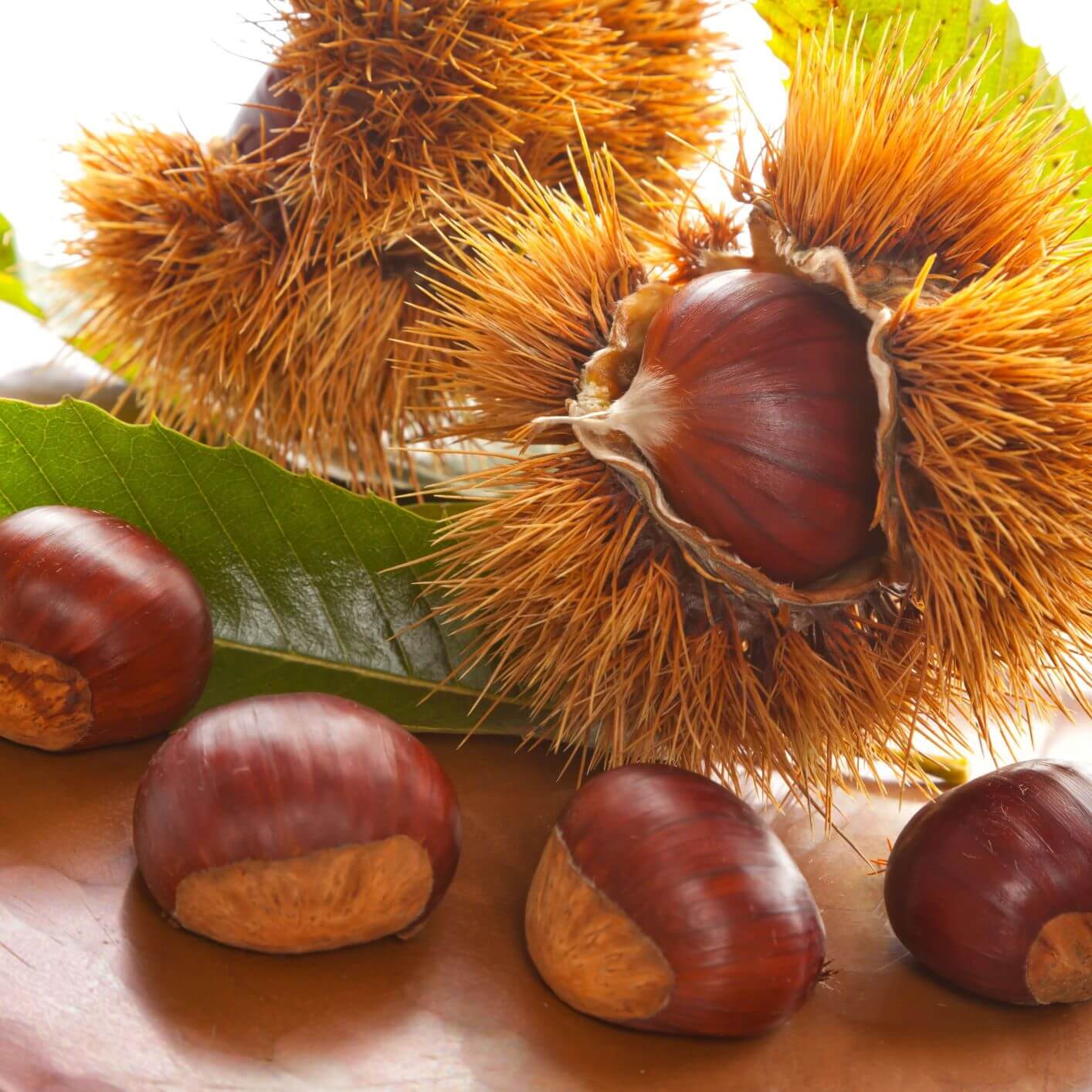
Japanese chestnuts or wakuri are most commonly used to flavor sweet desserts during autumn. You can enjoy a French-inspired Mont Blanc cake, through to traditional Japanese sweets, like kurimushi yokan or kuri dango.
You can also buy hot roasted chestnuts from an autumn festivals or fresh from the supermarket, to roast yourself at home.
Traditional Japanese tea ceremonies also often feature a wagashi, called Kuri Manju - a Japanese steamed cake stuffed with pureed chestnuts. Kuri-kinton is also often served, along with Japanese sweet potatoes, as part of Japanese New Year foods to bring good luck in the new year.
Chestnuts are very versatile and can even be used in savory rice dishes, such as Kuri Gohan or chestnut rice. It is very easy to prepare, making it a seasonal staple food for the colder autumn nights. Kurigohan can be made with another special fall food called shinmai or sweet “new rice,” the first harvest of rice. These two together bring both a subtle sweetness and hearty punch for a great meal.
Populars snacks, like KitKit, Country Ma'am and Häagen-Dazs, often make chestnut flavor versions of their products, limited only to the fall in Japan!
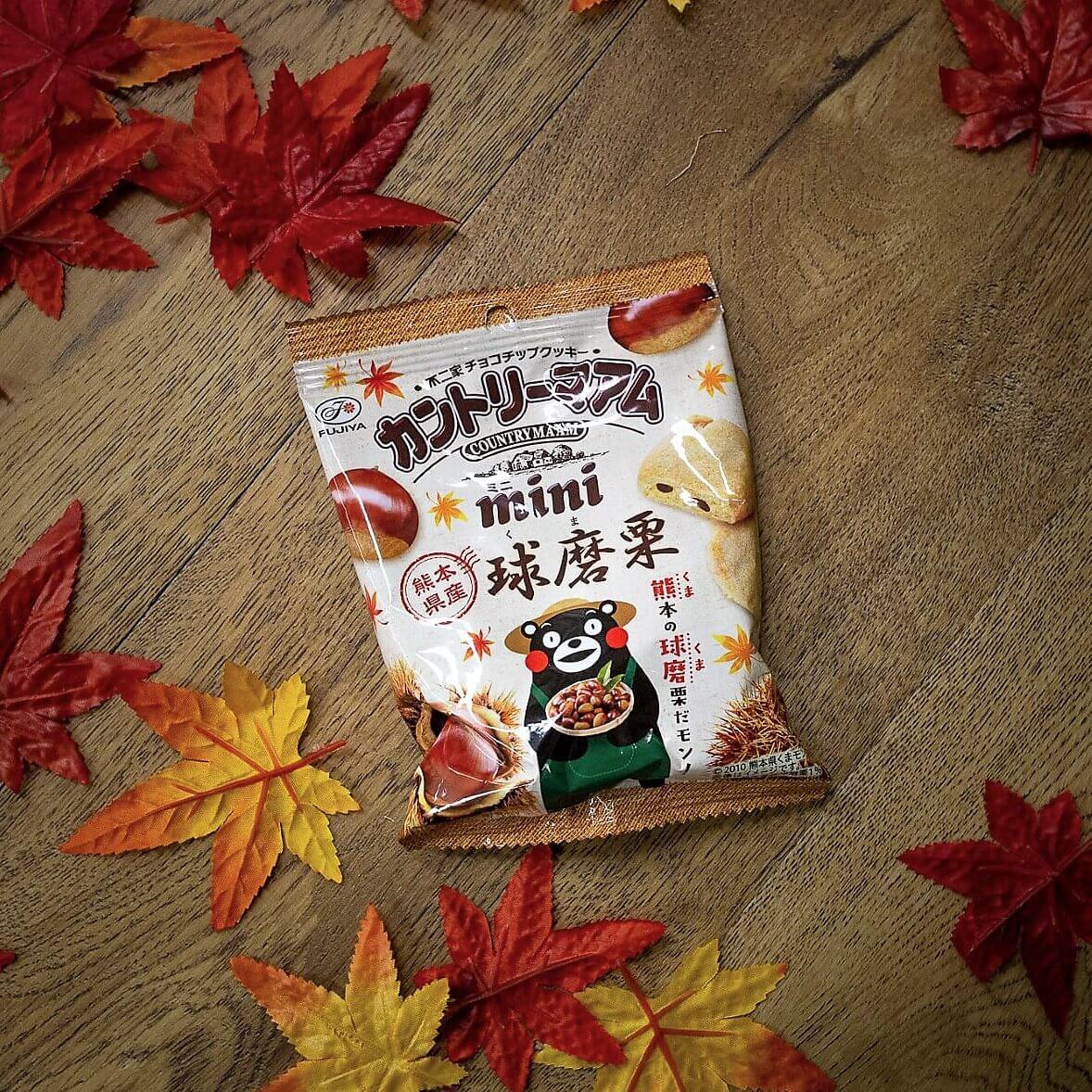
Limited edition Country Ma'am made with Kumamoto chestnuts
3. Matsutake Mushrooms
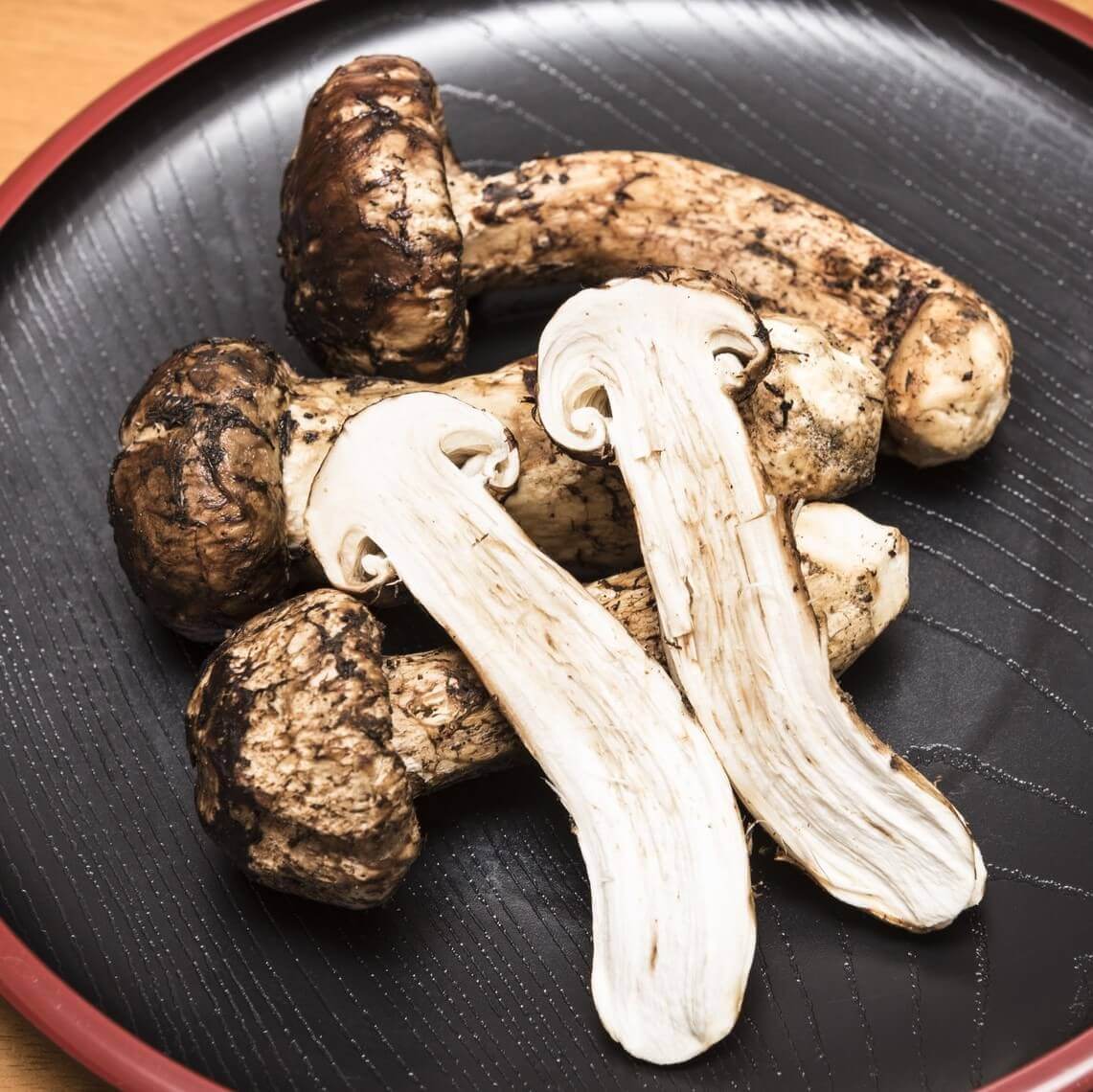
Pine mushrooms or matsutake are some of Japan's most prized, and expensive, mushrooms! They have a foresty scent and hearty texture.
Some types of matsutake are quite expensive (up to $500 for 5 mushrooms!), but you enjoy them for a reasonable price as part of a seasonal set meal in a Japanese restaurant that’s highlighting autumn-only ingredients.
Japan has a huge variety of native mushrooms, like shiitake, enoki and shimeji, available year-round. However matsutake are special as they are harvested only during the fall, making them a rare and seasonal delicacy.
They are often served steamed and added to rice or with soup to bring out its strong flavor. Two popular dishes that celebrate the matsutake mushroom are Matsutake Chawanmushi, a savory dish of steamed egg custard, and Matsutake Dobin Mushi, a special mushroom soup served in a clay teapot.

4. Persimmons
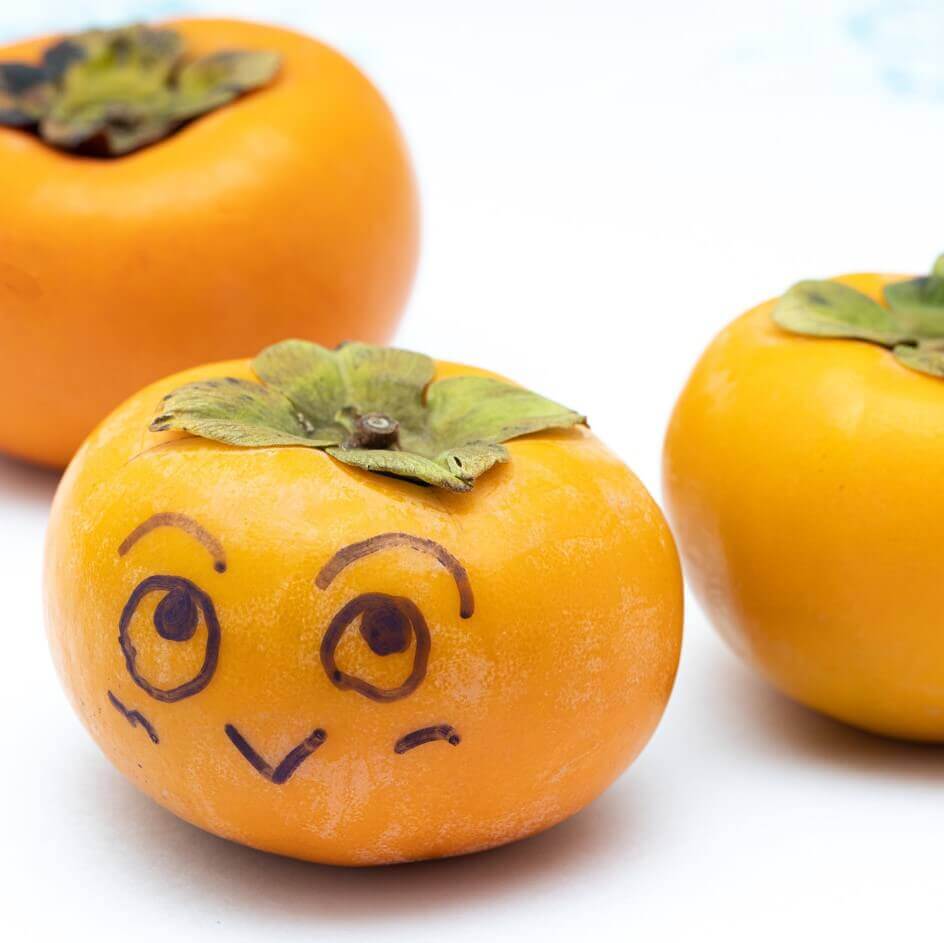
Persimmon or kaki is a fruit native to Japan, China, and Korea. There are two varieties of persimmon - hachiya and fuyu.
From mid-September, persimmons start appearing in supermarkets and if you travel to the Japanese inaka (countryside) you’ll see persimmon trees everywhere.
If you’ve never tried them before, they have a slight honey-like flavor when ripe. While they might look like tomatoes, you can eat it just like an apple!
Typically, persimmons are eaten fresh although you can also enjoy as dried fruit. Persimmons can also be preserved so that you can enjoy them for longer.
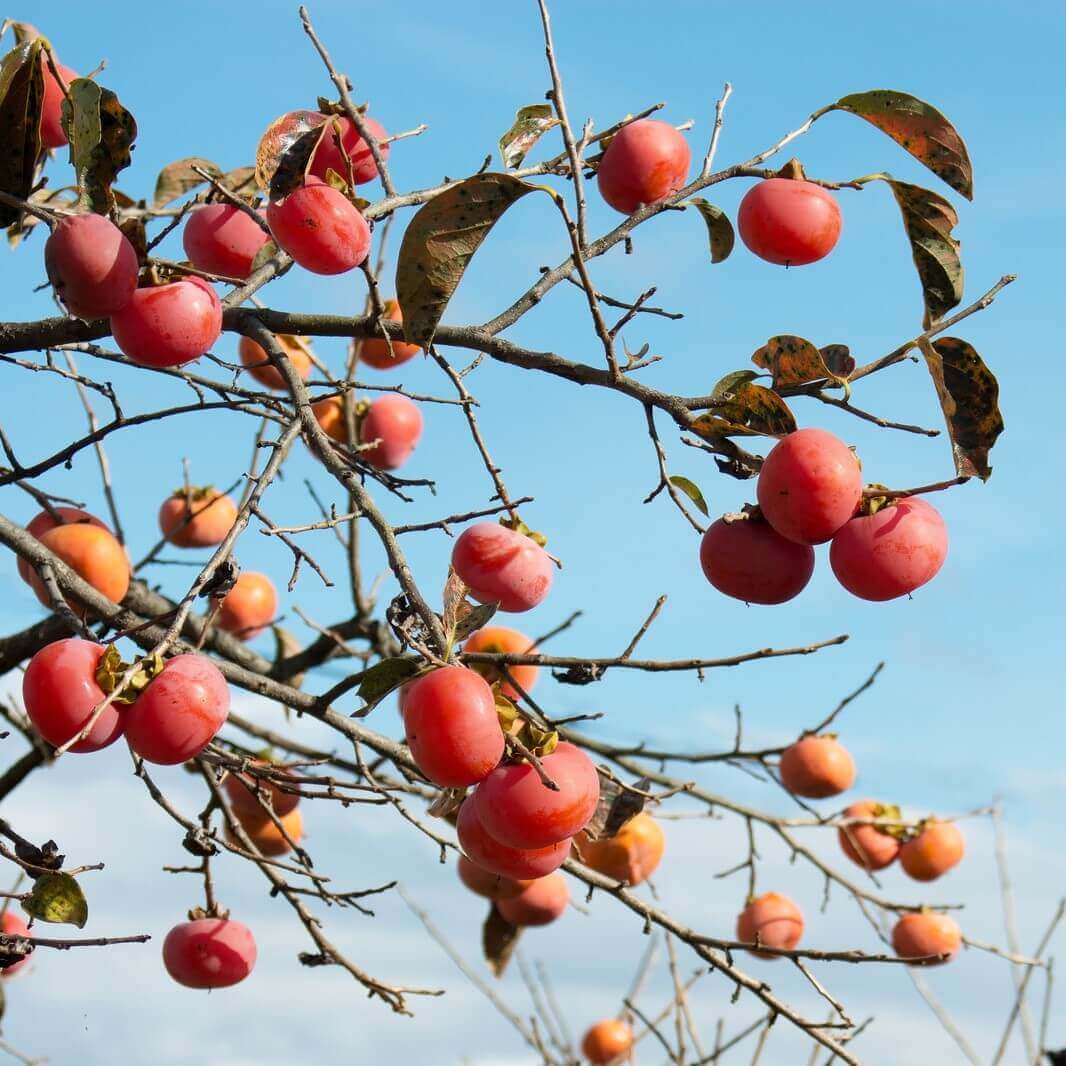
5. Oden
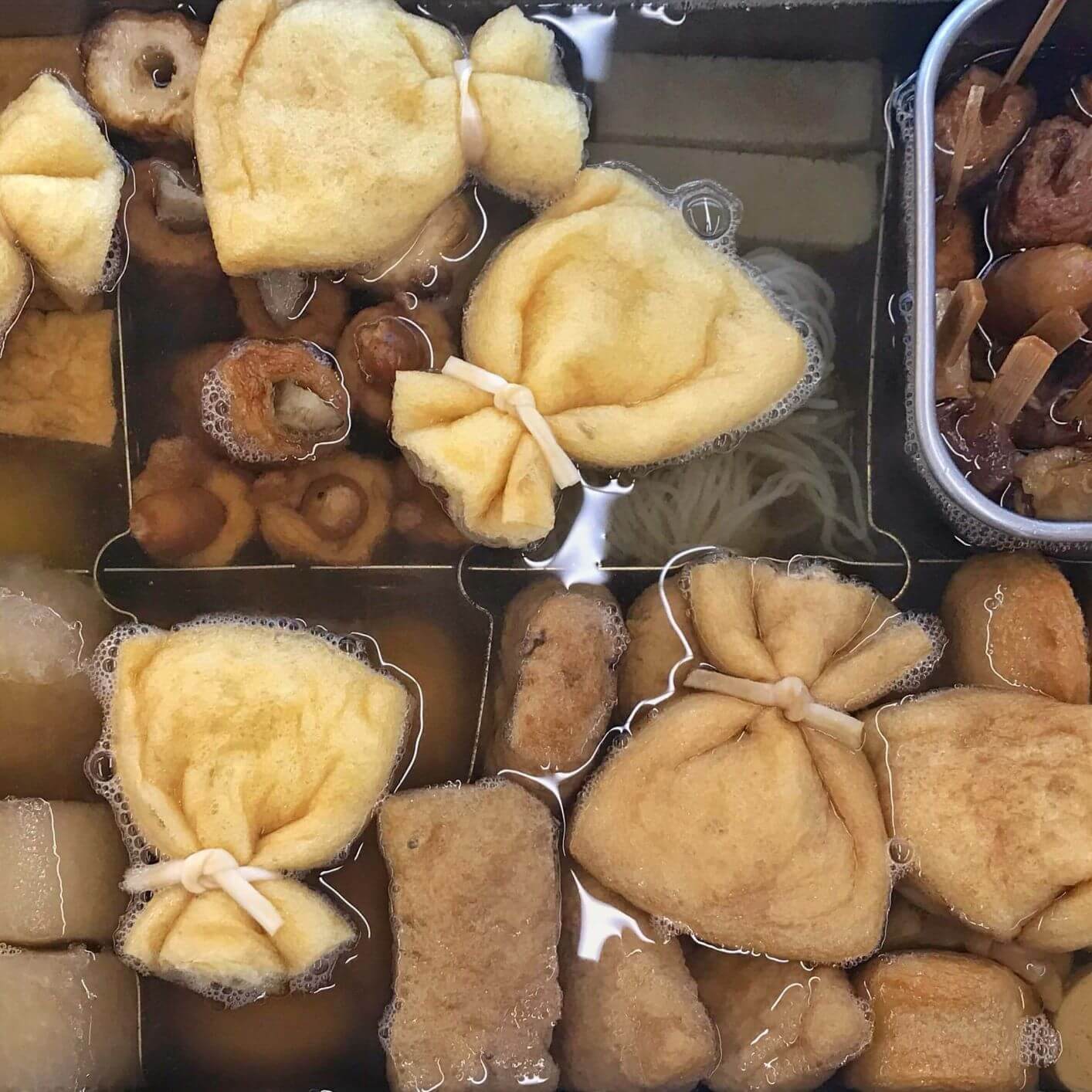
Many Japanese enjoy making nabemono (one-pot dishes) at home during the cooler months, like oden or nabe. Soups and stews are the perfect comfort food to warm you up and that's why they're a popular dish from September/October in Japan.
For oden, you can add whatever you like to the dashi broth soup, but the most common ones include daikon, eggs, fish cakes and tofu. You can also get seaweed, konyakku, or shirataki noodles.
There’s nothing better than a slow cooked pot of oden at the end of the day. It’s a great dish to share with friends and family, as there’s usually something for everyone to eat and enjoy.
Seasonal Snacks and Candy from Japan
What foods mark the start of fall for you?
Discover Japan's fall flavors through November's Autumn Indulgence Sweets Pack, including:
- Osatsu (Sweet Potato) Snacks
- Noir Cocoa Sticks - Black Honey & Kinako
- Sweet Potato & Chestnut Coconut Sable
- Chestnut Country Ma'am
- Plum Soda Gummies
- PLUS 10 more delightful Japanese autumn treats!
Use promo code FALLFLAVORS to save $3 USD off your Autumn Indulgence Sweets Pack!
Subscribe Now
Follow us #zenpopjapan
This blog was written by Sam: Sam is a university student interested in everything in otaku culture, from video games to anime. Growing up, she spent several hours in front of the TV watching mahou shoujo shows, and now binges entire seasons of anime within in a few hours. She loves to attend conventions in cosplay and always stops to take pictures of stray cats.
